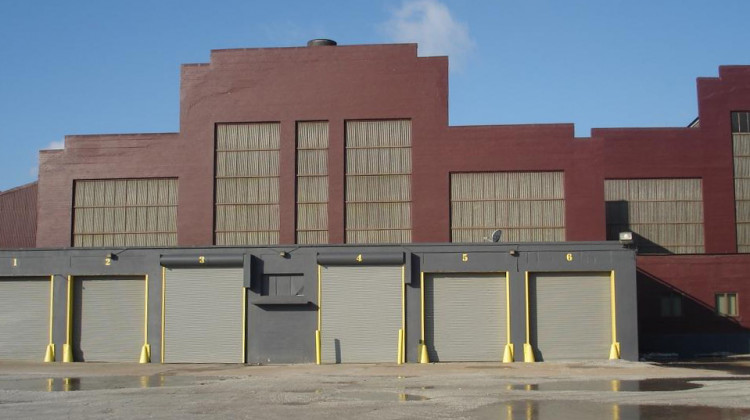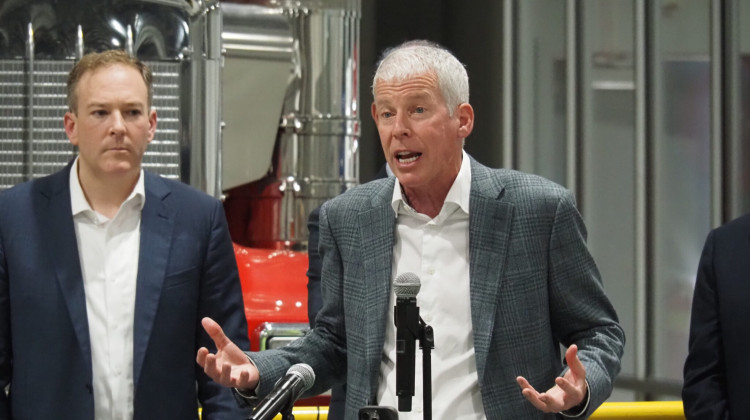Back in November, state and federal agencies cited a Hammond company for emitting twice the legal amount of lead. Now they say it’s put high levels of the toxic chemical cadmium into the air. But the company says it isn’t responsible for those excess emissions — and it doesn’t use cadmium.
Whiting Metals melts scrap metal like lead into bars and silos. The Environmental Protection Agency says the company emitted higher than normal levels of cadmium for eight days last year. Inhaling high amounts of cadmium can damage your lungs and kidneys and may cause cancer and death.
READ MORE: Dead Swans With High Lead Levels Found In Hammond
But co-owner Jeffrey Condon says cadmium isn’t part of the company's melting process. He says the contamination is likely dust kicked up from the adjacent hazardous waste site.
“They’ve decided because obviously there’s historic lead problems in the area that we were the ones doing it. Our process is low temperature, there are virtually no emissions,” Condon says.
Contamination at the old Federated Metals site was never fully cleaned up because its parent company, ASARCO, went bankrupt in 2005.
Whiting Metals sits on what was part of the Federated Metals property. Condon says the company paid about $1 million to clean up its portion of the site and was told by the EPA and the Indiana Department of Environmental Management that it wouldn't be held liable for contamination on the rest of the site.
When Whiting Metals was cited for emissions violations in November, Condon says the company hired an environmental firm Clean Air Engineering to test for lead and cadmium over a three-day period. He says the tests didn't find unacceptable levels of lead or any cadmium.
Neither the EPA nor IDEM has said what health effects the elevated cadmium could have had on residents nearby. IDEM declined to comment and the EPA couldn't be reached.
Indiana Environmental reporting is supported by the Environmental Resilience Institute, an Indiana University Grand Challenge project developing Indiana-specific projections and informed responses to problems of environmental change.
 DONATE
DONATE









 Support WFYI. We can't do it without you.
Support WFYI. We can't do it without you.